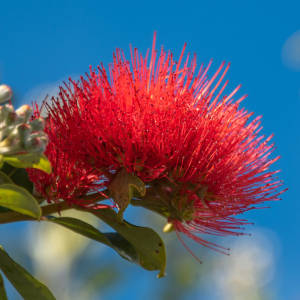Shy and Unpopular
.. is a Wallflower. This one very beautiful and full of life and beauty.
I was going to go for a walk around the neighbourhood to see what flowers were out when the thunder and lightning started. Instead my lovely little Wallflowers took centre place. It sure has been a mix bag of weather today, started of warm and partly overcast at times. We were lucky here in the city as the we didn't get very much rain.. it is raining a little now. I could see the black clouds going around Banks Peninsula.
Young women who were not asked to dance at balls in the past were known as wallflowers, perhaps because they stayed close to the walls so as to be less noticeable. The wallflower is a symbol of misfortune in love, perhaps due to this 14th century Scottish legend made famous in the poetry of the Robert Herrick (1591-1674.
WALLFLOWERS, ERYSIMUM CHEIRI
Wallflowers are native to southern Europe and Greece, and are sometimes called Aegean wallflowers and gillyflowers. Wallflowers are related to cabbage, kale, brussel sprouts, broccoli, mustard, horseradish and turnips. It usually flowers between April and June when it attracts a lot of insects and bees. As the name suggests it grows well on walls and cliffs and can grow to 2½ feet high.
The original wallflower was named Cheiranthus cheiri by Linnaeus (cheiros meaning hand and anthos flower in Greek). However it has undergone a botanical name change and is now Erysimum cheiri. It was held in people’s hands during festivals in the ancient world and this may be why it got its original name.
The wallflower is poisonous in large amounts but has been used as a wound herb for Roman soldiers in battles, and a tincture of the whole plant was once used to dull the pain of cutting wisdom teeth. Formerly it was used as a diuretic, and to bring on a woman’s period if it were late. Because of its effects on the heart it is not wise to use wallflowers for any medicinal purpose at home.
In the Middle Ages, these plants were grown in monastery gardens, having been introduced into the British Isles at sometime during the Norman Conquest (after 1066). Their leaves were crushed and applied to wounds to heal them, used as an antiseptic dressing. The seeds apparently have expectorant properties as well as an oil which seems not to have been used very much in medicine in the past.
For more information on the Wallflower.

Comments
Sign in or get an account to comment.


